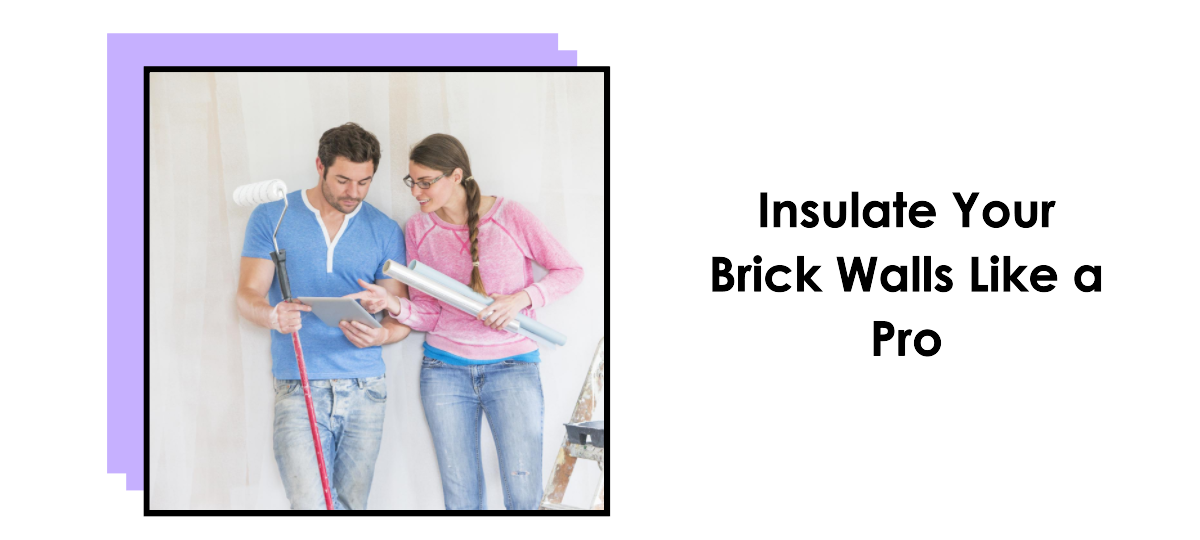What is wall insulation from the inside?
Insulating the Wall Of A Brick House From The Inside Is A Way To Increase Thermal Insulation And Comfort By Installing Insulation. It Is Necessary To Reduce Heat Loss, Reduce Heating Costs, Protect Brick Walls From Condensation And Fungus, As Well As Improve Sound Insulation And Interior Aesthetics.
Is it possible to insulate houses from the inside?
Yes, It Is Possible To Insulate Brick Walls Inside A House If All Conditions Are Met. Insulation From The Inside Can Be Especially Important For Wooden, Stone Or Concrete Walls That Have Low Thermal Insulation Or Are Damaged. Insulation From The Inside Can Be Useful For Protecting Walls From Condensation And Fungus, As Well As Improving Sound Insulation And Interior Aesthetics. Insulation Sydney Offers A Comprehensive Range Of Insulation Services For Residential And Commercial Properties.
What materials can be used for insulation?
For This, Mineral Wool, Polystyrene Foam, Polystyrene Foam, Polyurethane Foam, Ecowool, Stone Wool And Other Materials Are Used. The Choice Depends On The Type Of Wall, The Thickness Of The Insulation, Budget And Customer Preferences.
What are the advantages and disadvantages of insulating brick walls from the inside?
Such Insulation Does Not Require Permits Or Approvals, Does Not Change The Facade, Does Not Occupy The Usable Area Of The Site, And Does Not Require Additional Work On The Roof And Foundation. It Can Be Performed At Any Time Of The Year And In Stages. At The Same Time, This Method Reduces The Usable Area Of The Room And Also Requires High-Quality Vapor Barrier And Ventilation.
How to properly prepare the surface?
Before Insulation, The Surface Should Be Properly Prepared. To Do This, You Need To Clean Them From Dust, Dirt, Oil, Paint And Other Contaminants, Align Them Vertically And Horizontally, Eliminate Cracks, Chips, Protrusions And Other Defects, Treat Them With An Antiseptic And Primer, And Install Electrical Wiring And Other Communications.
How to properly insulate a brick house?
To Properly Insulate A Brick House, You Need To Select A Heat Insulator Based On Thickness, Density And Properties, And Also Ensure Its Reliable Fastening. Additionally, It Is Necessary To Perform Vapor Barrier And Ventilation Of Insulated Surfaces, As Well As Protect The Insulation From Moisture, Fungus And Mechanical Damage.
What is the best way to insulate brick surfaces?
Mineral Or Stone Wool Is Suitable For Solving This Problem. They Have High Thermal Insulation, Vapor Permeability, Fire Resistance, Environmental Friendliness And Durability. You Can Also Use Polystyrene Foam, Polystyrene Foam Or Polyurethane Foam.
When is the best time to insulate a house?
It Is Recommended To Insulate The Walls Of A Brick House From The Inside When The Brick Surfaces Are Dry And The Air Temperature Is Not Lower Than +5°C.
Why don’t they insulate the house from the inside?
The Lack Of Insulation Of A Brick House From The Inside May Be Due To A Reluctance To Lose Useful Area Of The Room, Change The Interior Of The House, Fear Of Shifting The Dew Point Inside The House – And, As A Result, Increase The Risk Of Mold.
What requirements for ventilation and vapor barrier must be observed when insulating from the inside?
When Insulating A Brick House From The Inside, You Need To Provide Natural Or Forced Ventilation Of The Room To Remove Excess Moisture, Install A Vapor Barrier Layer Between The Heat Insulator And The Interior Decoration To Prevent The Penetration Of Water Vapor, And Ensure The Tightness Of All Joints And Seams.
How to measure the thickness of insulation required for a comfortable temperature regime?
To Measure The Thickness Of A Thermal Insulator, You Can Use Special Calculators Or Tables That Take Into Account Various Factors: The Type And Thickness Of The Wall, The Density Of The Product, Climatic Conditions, The Required Thermal Conductivity Coefficient And Room Temperature.
Which method of attaching the insulation to choose: glue, anchors, profiles or another?
Also Read: 4 Kinds Of Instructive Methods Of Reasoning For Instructors
The Choice Of Method Depends On The Type And Thickness Of The Heat Insulator And The Load. Glue Is The Easiest Way To Attach. But It Requires A Flat And Clean Surface, As Well As A Special Glue Suitable For Insulation. Anchors Provide Reliable Fastening Of The Heat Insulator, But Leave Holes In It And The Wall That Need To Be Sealed. Anchors Are Suitable For Heavy And Thick Insulation: Mineral Or Stone Wool. Channels, A Rack System Or Plasterboard Sheets Are Also Used For Fastening.
How to protect insulation from mechanical damage and mold?
To Protect The Insulation, You Need To Treat It With An Antiseptic And A Water Repellent. You Should Also Ensure Proper Vapor Barrier And Ventilation Of Insulated Surfaces And Finish With The Following Protective Materials: Plaster, Wallpaper, Panels, Etc.



